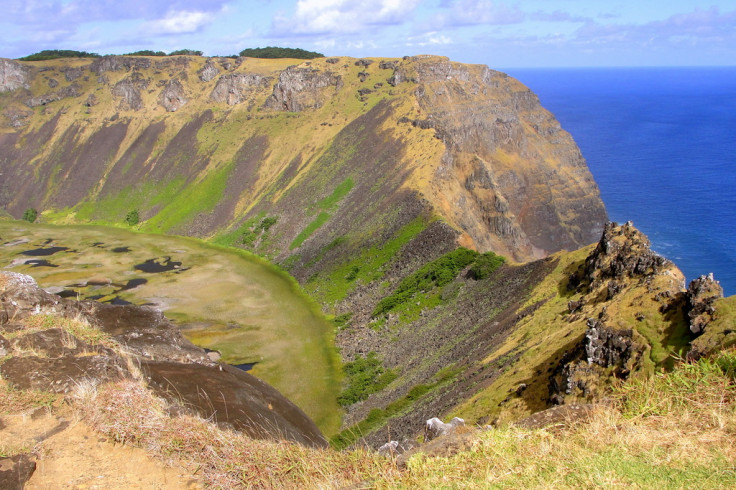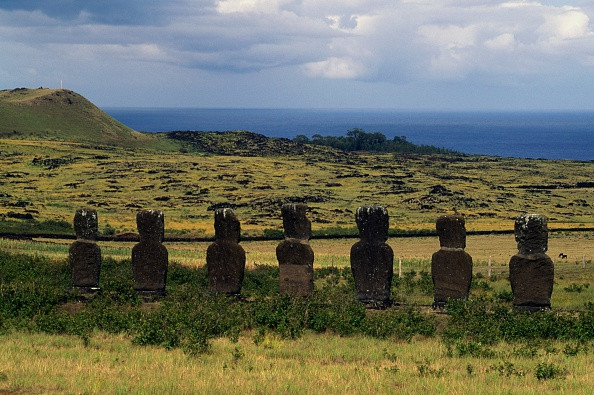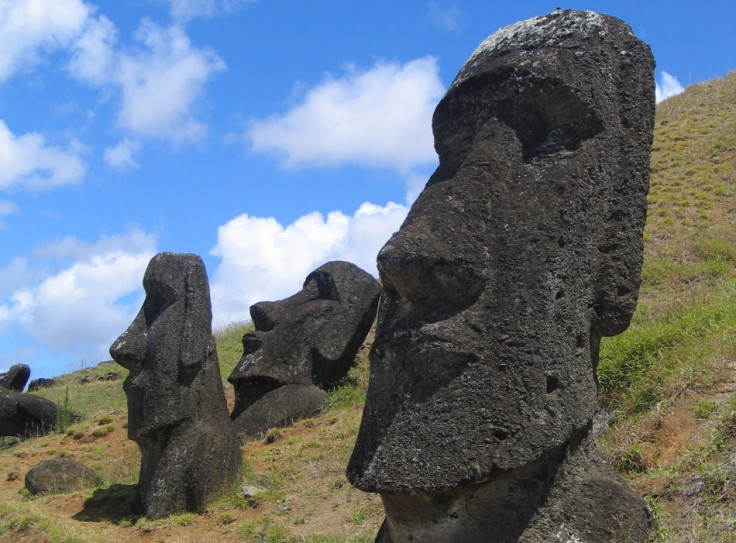Mystery of Easter Island population collapse solved by looking at diets of the ancient Rapa Nui
The analyses suggest the ancient civilisation was much more careful with its environment than previously acknowledged.
What led to the collapse of an ancient civilisation on Easter Island, a remote stretch of wilderness off the coasts of Chile, has long been one of archaeology's most enduring mysteries.
The prevailing theory is that Rapa Nui people who lived on the island recklessly destroyed their environment, used up all its natural resources, and ran out of food. This is in the end what caused their demise.
But a new study published in the American Journal of Physical Anthropology now contradicts this view, showing that this ancient population might actually have adapted to a harsh conditions on the island with a more balanced use of resources than previously thought.
A Malthusian myth
Easter Island, best known for its large stone statues (or 'moai'), often serves as a cautionary tale of how unrestricted human activity can lead to an ecological disaster and to the collapse of a thriving human community. However, in recent years, these Malthusian claims have gradually been given less credit because new discoveries have been made, pointing to other culprits.
For example, scientists have found that the Pacific rat was introduced on the island shortly after it was colonised, sometime in the early 13th century. Rats might have contributed to a greater extent than humans to the destruction of the native palm forests.
In the new research, a team led by Cat Jarman from the University of Bristol has investigated the ancient diet of the Rapa Nui people, as this knowledge is crucial to understand the impacts of human occupation on Easter Island. Although human diets and behaviours are tightly connected with the use of natural resources, very little was known about the diet of the native islanders.

Here, the researchers examined human, faunal and botanical remains recovered on the island and dating from 1400 CE to more recent times. Jarman worked closely with Brian Popp from the University of Hawai'i to conduct carbon and nitrogen isotope analyses and looked at how much people used marine resources compared to terrestrial resources.
Results of carbon and nitrogen analyses independently show that around half the protein in the Rapa Nui's diets originated from marine sources. This is much higher than previous estimates. Furthermore, elevated concentration of nitrogen in the human samples - much higher than what would normally be expected in the local environment - suggest that the population ate crops from soils they had manipulated when they realised that these soils were becoming poor in nutrients.

These findings reveal that Rapa Nui population had extensive knowledge of how to overcome poor soil fertility and improve environmental conditions. When times became hard on land, they turned to marine resources to get essential nutrients.
"We found that there's a fairly significant marine diet, over time, throughout history and that people were eating marine resources, and it wasn't as though they only had food from terrestrial resources," said another of the authors, Carl Lipo, from Binghamton University (US).
"We also learned that what they did get from terrestrial resources came from very modified soils, that they were enriching the soils in order to grow the crops. That supports the argument we've made in our previous work, that these people came up with am ingenious strategy in enriching the soils by adding bedrock to the surface and inside the soil to crate, essentially, a fertiliser to support their populations, and that forest loss really isn't a catastrophe as previously described."
These people's sensitivity to the environment and their efforts to create a more sustainable food supply are incompatible with the argument that they were reckless in their use of natural resources and degraded the local ecosystem without thinking. This ancient community was much more complex and interesting than has long been acknowledged.

© Copyright IBTimes 2025. All rights reserved.






















